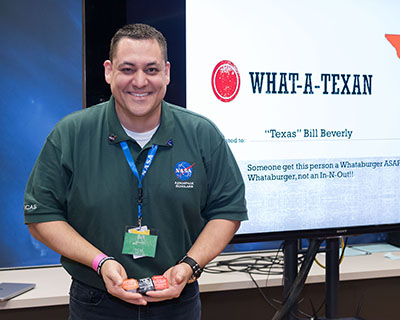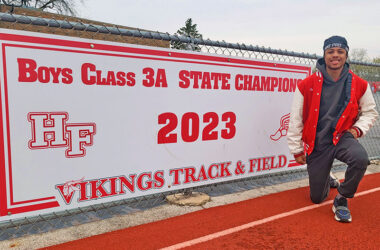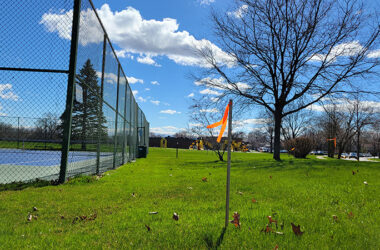Bill Beverly of Homewood has a goal — he wants to work for NASA. Beverly’s excitement about his future profession derives from his selection for the NASA Community College Aerospace Scholars Program that gave him the opportunity recently to learn from engineers and scientists at the Johnson Space Center in Houston.
College, was selected for the NASA Community
College Aerospace Scholars program. (Provided
photo)
Bill Beverly of Homewood has a goal — he wants to work for NASA.
Beverly’s excitement about his future profession derives from his selection for the NASA Community College Aerospace Scholars Program that gave him the opportunity to learn from engineers and scientists at the Johnson Space Center in Houston.
The Prairie State College student will continue on a path to employment through work/study and a NCCAS coop program that will likely end with a job at NASA or a NASA subsidiary.
“The whole goal of the pathway program is for you to get hired on full time by NASA or one of their contractors, such as SpaceX or Boeing,” he explained.
Beverly returned to school at age 40 after more than 15 years in the workforce. He ran a business as an electrical contractor and later was a regional manager for a company that provided audio/video services for hotels in the Chicago area. When he left that position, the thought of going back to his own business seemed out of the question because “I just couldn’t see myself crawling around in tight spaces again,” he said.
School was the logical choice. Prairie State was the best place for him to start on his path for a degree.
“Being in a class with 20-year-olds, it’s hard to keep up with them,” he admitted, “but the difference is adults going to school versus young people going to school you see who’s more determined and cares about going to school, because you pay good money to be there. Twenty-year-olds don’t understand that yet.”
Beverly learned of the NASA program, designed for people in science, technology, engineering and math (STEM) fields, from Professor Lee Anne Burrough. Beverly and his 20-year-old daughter, Alyssa, were in the same physical science class taught by Burrough.
“Talk about awkward!” he said.
He admits he didn’t know what STEM was when Burrough broched the subject, but now “I am totally into STEM and I drank the NASA Kool-aid,” he said jokingly. “My goal now is to become a NASA engineer as fast as possible.”
More than 1,000 community college students apply annually for the program. Of those, about 400 are selected for a five-week online class and 300 complete the program. He was selected one of 171 outstanding students to visit the Johnson Space Center.
During the four days in early February when Beverly was in Houston, he was in a group of 43 students. They were divided into teams and tasked to establish fictional companies interested in Mars exploration. Each team is responsible for developing and testing a prototype rover, forming a company infrastructure, managing a budget and developing communications and outreach.
How much can you pack into four days? Beverly was amazed at how much was presented to the students, and how much they managed to accomplish in a schedule that started at 7:30 a.m. and ended at 9:30 p.m. only to spend another four or five hours at the hotel with the team strategizing and working through issues of their ‘company’ and the robotics of their Mars rover.
The native Texan had no time to visit his family living 400 miles north of Houston.
“We were over worked, over tired and over stressed, but it was such an amazing experience!” Beverly said. Of the eight people on his team, Beverly was the oldest and the person with the most business experience. He served as his team’s operations engineer.
When Beverly graduates from PSC in May, he’ll have earned associate’s degrees in industrial electricity and computer electronics technology. He will complete a bachelor’s degree in electrical engineering at Purdue University Northwest in Hammond. It should take him two years, and he’ll be ready for that job at NASA.



